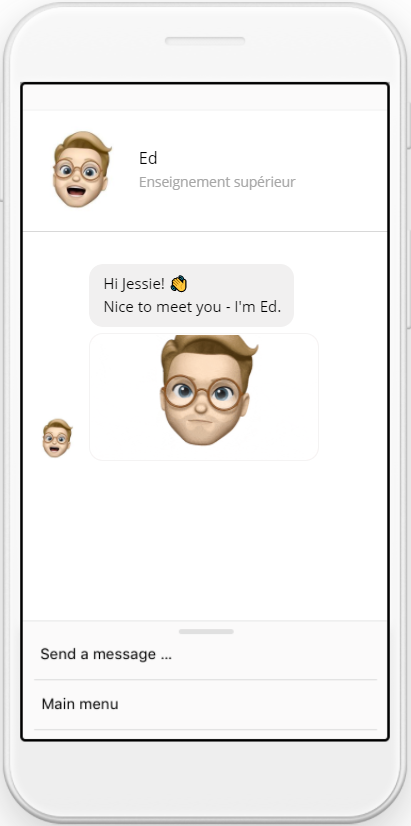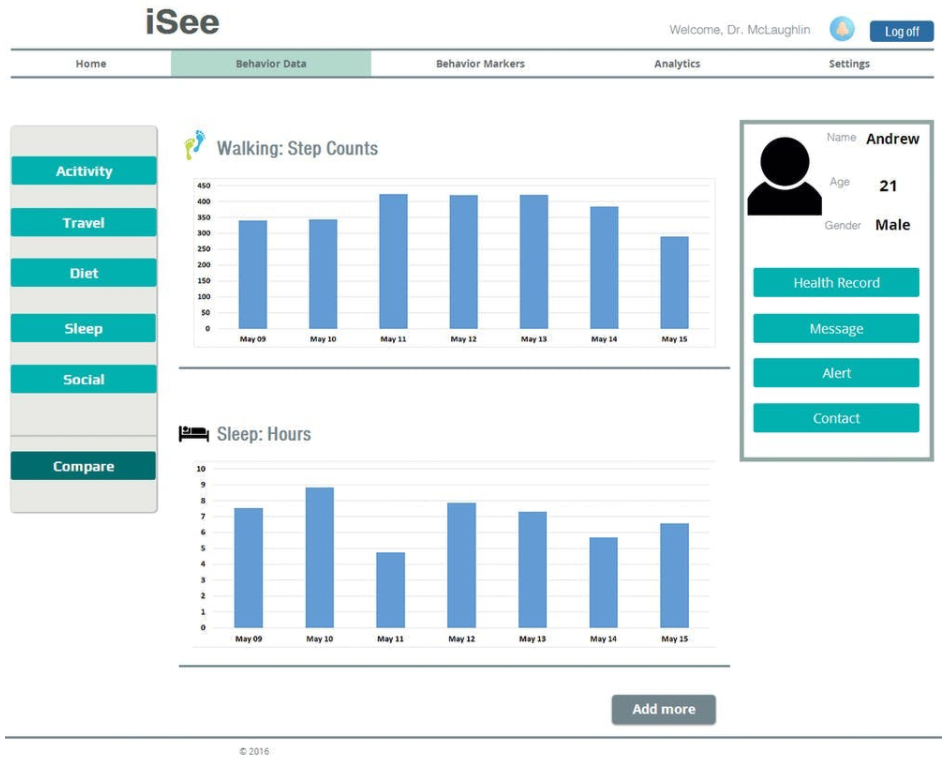For a while now, the digital transformation wave has been rapidly growing, and it has been reshaping industries in the manner that they function and develop. Apart from having created a paradigm shift in how to emerge in the market, it has also changed how services are delivered. The newest industry to jump on the digital bandwagon, the edtech industry, has also embraced the movement, with its digital transformation already in full spate and looking to gain more momentum in the coming days.
With competition across the educational sector rife nowadays, digital transformation has once again emerged as a necessary venture to ensure survival in the industry. As a result, educators are increasingly looking for ways in which they can adapt to the digital mindset to make the most of technology and use it to further experiential learning.
The Curious Case of Chatbots in Education
Although the preconceived notion of the edtech industry is one that is not too tech-savvy, this could not be farther from the truth. In fact, research says that the education industry is among the top five industries that are benefiting the most from AI technologies such as chatbots right now. From aiding students to engage in courses online to maintaining consistent communications with parents, chatbots more than come in handy.

A well-known and highly successful digital transformation story is the case of Ed – the “digital growth” class chatbot. The chatbot was developed by a college professor, Emilien Nizon, to assist his students with their lessons. The chatbot was used to provide access to referenced documents/articles, offer criticism points on presentations, and deliver push notifications for information about classes.

The deployment of the chatbot increased effective communication between him and the students. According to a poll that recorded the answers of more than 700 of his students, 99% said that they were more than satisfied with it, while 63% said that they would like the chatbots to become a regular feature across all of their classes.
The success of Ed showed that chatbots could deliver a host of benefits and have a surprising number of use cases when it comes to education. Some of these are:
Timely distribution of information
Chatbots are able to disperse information much quicker as opposed to other mediums such as word-of-mouth or email.
Effective communication of schedules
These bots also allow communicating schedules and other important information round-the-clock, enabling students and parents to get access to whatever they want anytime.
Optimal student management
Unlike manual modes of serving students such as email, chatbots are always available and can serve any number of students at the same time.
Customized outreach
Chatbots can also be utilized for personal outreach about things like delivering class performance reports, enrollment process status, information about extra classes, payment reminders, etc.
How to Digitally Transform Education
“When digital transformation is done right, it’s like a caterpillar turning into a butterfly, but when done wrong, all you have is a really fast caterpillar.”
– George Westerman, Principal Research Scientist, MIT Sloan
Before you can digitally transform your educational institution, it is first important to analyze and size up the potential roadblocks in your way. After you have done so, you can propel your digital transformation efforts in the following ways.
1. Develop a strategy for information dissemination
Any significant innovation begins with the delineation of a strategy that not only functions in principle but is also pragmatic and useful in the to be used. Especially for educational institutions, it takes a strategy to utilize AI technologies like chatbots properly for various purposes.
Chief of these purposes and one that chatbots are mostly used for is information dissemination. Before developing a chatbot, educational institutions must consider what kind of information it is to offer. Basic information that chatbots are used to provide include curriculum and syllabus details, time tables and schedules, presentation and thesis dates, performance reports, and grading practices for worksheet and lesson plans, among others.
2. Leverage digital data
In order to ensure that digital transformation is a success for educational institutions, they should make sensible use of their data sources and leverage insights from it to understand what can benefit them. This has led to the birth of the standards xAPI and IMS Caliper to regulate the flow of student-led data with educational institutions to make sure that all data is being processed in a proper format.
Following the development of such standards, there are a number of data platforms that are adopting them to develop tools for educational institutions. These tools are then used to categorize data and monitor student performance to revise class schedules, improve the curriculum, and personalize the learning approach.
3. Offer administrative support and assistance
The growth of AI technologies has made it possible to provide round-the-clock support, readymade answers to FAQs, and offer administrative guidance as well. For educational institutions, the latter is an important feature that can be automated to provide information about enrollment processes, project management, fees, and financial aid, faculty information, campus tours and events, information about facilities, etc.

These bots can also be used to provide proactive assistance in the form of notifications, reminders, circulars, and messages. A real-life example of this is the Pounce bot. Developed by Georgia State University, it was used to deliver reminders and introduce students to the school’s processes. This saw them reduce summer melt by 19% and increase the number of students completing pre-enrollment processes faster.
4. Automate tutoring
According to McKinsey, teachers work 50 hours a week, on average, with 20-40% of that time being spent on activities that could be automated.
More than anything, digital transformation holds a great deal of potential in how it can revolutionize tutoring. From novel technologies like AR/VR for virtual collaboration to co-browsing that helps teachers recreate the classroom experience online, there is a lot that can engage even the least receptive of students and ease tutoring tremendously.
Take, for example, SquirrelAI, an adaptive learning system that is used by more than 2,000 learning centers across China. With its Intelligent Adaptive Learning System (IALS), it breaks a subject down into numerous knowledge components, which are then matched with learning content. When students peruse a subject, SquirrelAI tracks their progress and determines if they are ready to go ahead or not, helping struggling kids get back on track, while also pushing the students who are already excelling even further.
5. Harness the power of mobile
Mobile learning is a very effective way to deliver teaching services, especially considering that 98% of people from the 17-24-year age group and 97% of people from the 25-34-year age group own a smartphone. Adopting the mobility mindset will not only hold your digital transformation efforts in good stead but will also further it since students will be able to access whatever they need anytime and anywhere.

Michigan State University understood this and developed a mobile app known as iSee for its student body. iSee was built to provide data on the mental health of its students. The app helped student councilors collect critical data, prioritize the students in need, and provide better assistance to students in need.
Learn and Let Learn
Leveraging the power of technology can help educational institutions tread the right path to digital maturity. With unparalleled power to supplement the potential of the education industry, it can help educational institutions move into the next generation of learning.


